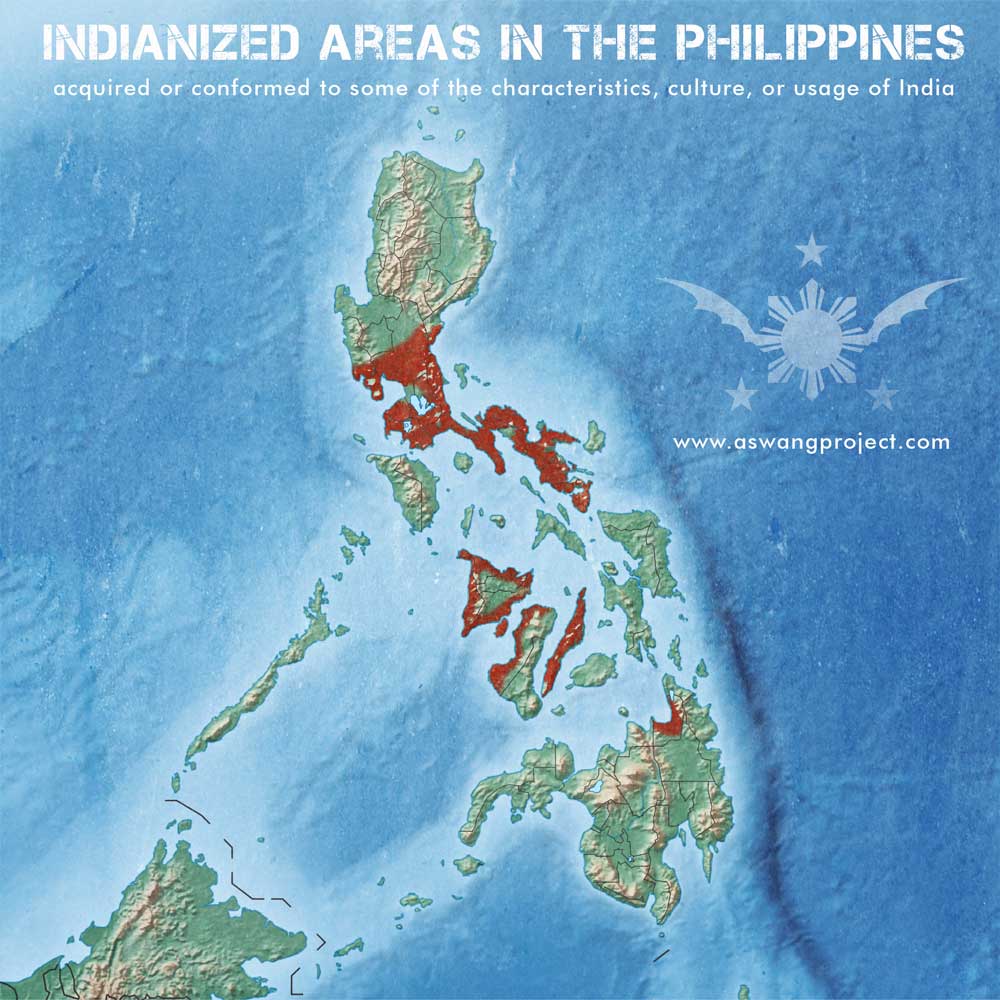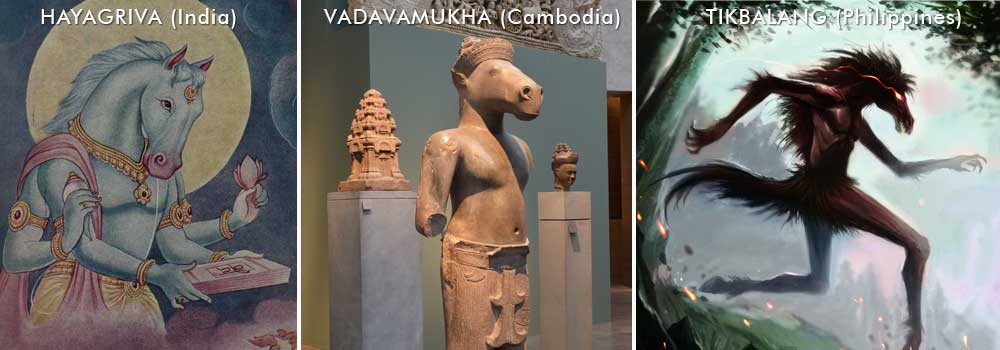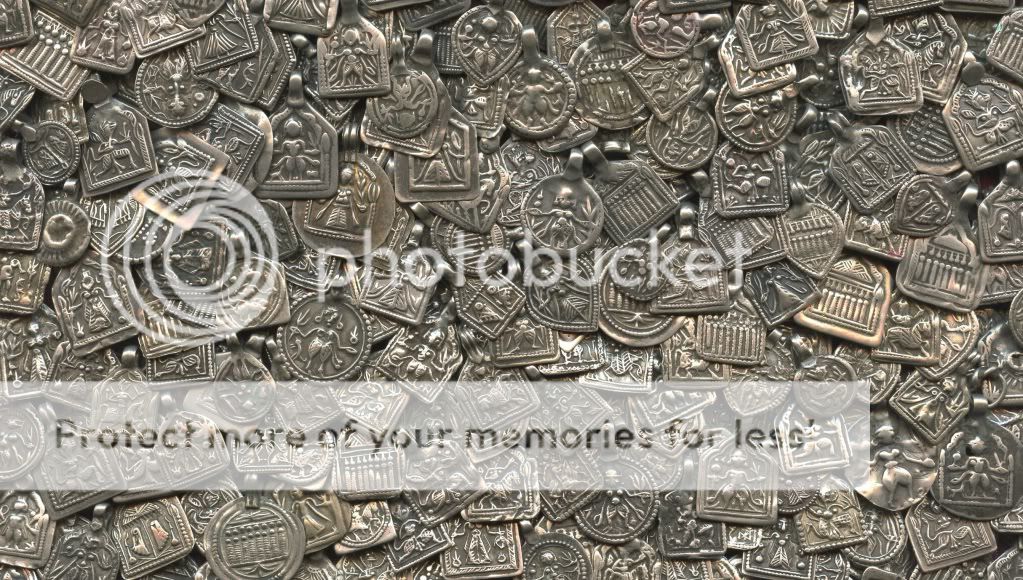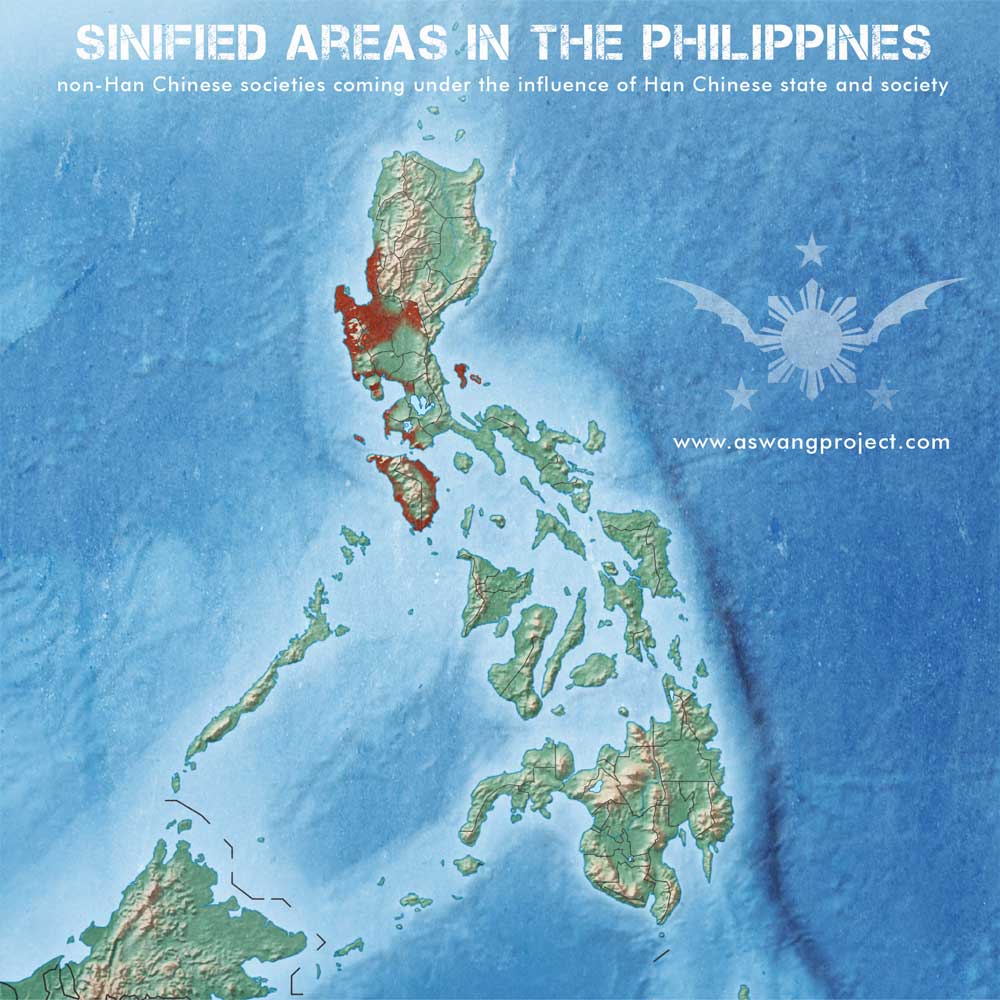(CLICK FOR Part One: ANIMISM | Understanding Philippine Mythology)
An often ignored part of Philippine history is the wonderful trade system they were an integral part of throughout SE Asia before the Spanish arrived. By the beginning of the first millennium AD, most of the Austronesian inhabitants in Maritime Southeast Asia began trading with India and China which allowed the creation of Indianized kingdoms such as Srivijaya, Melayu, Majapahit, and the establishment of Hinduism and Buddhism. This influenced alphabets, diet, economics, industry, language, law, lifestyle, politics, religion and cultural values. It’s important to understand how greatly trade impacted the existing belief structures and culture before making generalized statement about what happened to them. Here is a breakdown which including maps showing the areas that were impacted by other cultures. Please keep in mind that this does not represent an assimilation, conquering, or colonization – it simply shows where the greatest influences were coming from.
HINDU & BUDDHIST INFLUENCE 300CE-1500CE
Indianized – Meaning to acquire or conform to some of the characteristics, culture, or usage of India.
In 1905 David P. Barrows wrote “A History of the Philippines”. In it, he states, The Malayan languages contain also a considerable proportion of words borrowed from the Sanskrit, and in this the Tagálog, Bisayan, and Ilocano are included. Whether these words were passed along from one Malayan group to another, or whether they were introduced by the actual presence and power of the Hindu in this archipelago, may be fair ground for debate; but the case for the latter position has been so well and brilliantly put by Dr. Pardo de Tavera that his conclusions are here given in his own words. “The words which Tagálog borrowed,” he says, “are those which signify intellectual acts, moral conceptions, emotions, superstitions, names of deities, of planets, of numerals of high number, of botany, of war and its results and consequences, and finally of titles and dignities, some animals, instruments of industry, and the names of money.”
From the evidence of these works, Dr. Pardo argues for a period in the early history of the Filipinos, not merely of commercial intercourse, like that of the Chinese, but of Hindu political and social domination. “I do not believe,” he says, “and I base my opinion on the same words that I have brought together in this vocabulary, that the Hindus were here simply as merchants, but that they dominated different parts of the archipelago, where to-day are spoken the most cultured languages,–the Tagálog, the Visayan, the Pampanga, and the Ilocano; and that the higher culture of these languages comes precisely from the influence of the Hindu race over the Filipino.”

DNA:According to the National Geographic’s DNA study covering 80,000 Filipinos in 2008–2009, “The Genographic Project”, 3% of the average Filipino’s genes are of South Asian origin.
The Indian Mitochondrial DNA hapolgroups, M52’58 and M52a are also present in the Philippines suggesting that there was Indian migration to the archipelago starting from the 5th Century AD.
According to another much smaller study by the Applied Biosystems, a DNA company which undertook Y-DNA compilation, calculated an estimated 1% frequency of the South Asian Y-DNA “H1a” in the Philippines – about 1,011,864 Filipinos having full or partial Indian descent.
Some of the more obvious influences on Philippine beliefs – besides the Datu (Village Leader) calling themselves Rajah, or Sultan, were as follows:
- Bathala or Batala (supreme being among the Tagalogs) was apparently derived from Sanskrit “bhattara” (noble lord) which appeared as the sixteenth-century title “batara” in the southern Philippines and Borneo.
- diwata (derived from Sanskrit devata देवता) is a type of deity or spirit. The term “diwata” has taken on various levels of meaning since its assimilation into the mythology of the pre-colonial Filipinos. It has its origin in the Devata beings from Hinduism and Buddhism.
- The Naga – In the Philippines it is a wingless type of dragon. The name is taken from the mythical semidivine half serpent beings in Hindu and Buddhist beliefs.
- Many fables and stories in Filipino Culture are linked to Indian arts, such as the story of monkey and the turtle, the race between deer and snail (slow and steady wins the race), and the hawk and the hen. Similarly, the major epics and folk literature of Philippines show common themes, plots, climax and ideas expressed in the Mahabharata and the Ramayana.
What is less obvious, is that much of the Indianized Philippines began borrowing the imagery of Hindu avatars for their creatures. The images for giant flying birds, the Tikbalang, and Sirena are straight out of Hindu imagery. Influence on religion was also prevalent with the concept of a multi-layered world – Heaven and Hell. According to the Hindu Puranas, there are fourteen worlds in the universe – the seven upper and the seven lower. The seven upper worlds are Bhuh, Bhavah, Swah, Mahah, Janah. Tapah, and Satyam; and the seven nether worlds are Atala, Vitala, Sutala, Rasatala, Talatala, Mahatala, and Patala. The region known as Bhuh is the earth where we dwell.

This influence is almost mirrored among some Bukidnon tribes in Mindanao, then became more diffused as it moved northwards. Some Visayan beliefs mention 7 layers in the entire universe. By the time we reach the Ifugao people, there are only two mythical places – Daya (eastwards) and Lagud (westward).
Black Magic:
“Black magic” practitioners in the Philippines are said to use “low magic” to affect their intended victim. We know that the popularized version of Voodoo originated in West Africa and spread with the slave trade into the Americas (particularly the Caribbean). The importing of African slaves by the Spanish and Portuguese into the Philippines, however, is not how this low magic practice got there. While “witchcraft” was a small part of early animist beliefs, the practice of using dolls, potions, and charms to harm people was another Indianized influence. How the use of these dolls and charms was introduced into India is unknown, although it could have evolved from animist beliefs out of Africa.
Jadu Tona or Jaadu Tona is the Hindi term for black magic, which can come from the evil eye – jealousy or envy from people whether you have done anything or not, or more serious problems from black magicians. Jadu Tona includes magic from tantra, siddhi, and other forms of magic. One favourite tantra of the South Indian sorcerer is said to consist of “what is popularly known in Tamil as pavai, that is to say, a doll made of some plastic substance, such as clay or wheat-flour. A crude representation of the intended victim is obtained by moulding a quantity of the material, and a nail or pin is driven into it at a spot corresponding to the limb or organ that is intended to be affected.
In Malaysia and Indonesia, Black Magic is known as Ilmu Hitam. A dukun is an Indonesian-Malay term for shaman. In Malaysia, they are often referred to as bomoh, but dukun or pawing/pawang is also used in various languages. Their societal role is that of a traditional healer, spirit medium, custom and tradition experts and on occasion sorcerers and masters of black magic.
Kulam (low magic) in the Philippines is said to be centered on the islands of Siquijor and Talalora, Western Samar and the province of Sorsogon, where many of the country’s faith healers reside. Kulam also exists in many of the hinterlands, especially in Samar and Leyte. Earth (soil), fire, herbs, spices, candles, oils and kitchenwares and utensils are often used for rituals, charms, spells and potions.
The migration path of “low magic” originating in India is the same as the trade routes that spread Hinduism – which eventually evolved into different forms of Buddhism and Taoism. What transcended all the evolutions of these religions was the belief in sorcerers who could curse you with spells, and the amulets which you could wear to protect yourself.
Anting-Anting (Agimat):
While early Filipinos may have held small stones, dried livers of animals and other items for protection, the metal talisman (anting -anting) that we know of today was introduced by the Hindu influence. In fact, belief in these charms are widespread through most of SE Asia. In the Philippine occult tradition, there is usually a corresponding agimat to deal with in a particular area in a person’s life. The most frequent types of agimat are used for removing hexes and exorcism of evil spirits. They may also bring luck or good fortune. Since the arrival of the SPanish, many of these amulets have evolved to represent Christian imagery.

NOTE: Hindu influence brought hybrid beasts, giant animals, amulets and charms, low magic, multi layered worlds and more detailed concepts of heaven and hell. It’s interesting to point out that the Philippine ethnic groups with the largest number of deities and beings (Tagalogs and Visayans) are also the same ones who were part of the Indianized Kingdoms . Whether that is a result of Hindu influence, or simply the number of regions they cover is a debatable point, but it can’t be ignored.
SINIFIED AREAS:
Meaning non-Han Chinese societies coming under the influence of Han Chinese state and society. Very different from the Hindu was the early influence of the Chinese. Three hundred years before the arrival of Magellan, Chinese trading-fleets were coming regularly to the Philippines and several of the islands were well known to them. Aside from the influences on language, food, commerce and traditions, Chinese influence on Philippine beliefs can be summed up in one word. Ghosts!

Chinese folklore features a rich variety of ghosts, monsters, and other supernatural creatures. According to traditional beliefs a ghost is the spirit form of a person who has died. Ghosts are typically malevolent and will cause harm to the living if provoked. Many Chinese folk beliefs about ghosts have been adopted into the mythologies and folklore of neighbouring cultures, notably Japan and Southeast Asia. Beliefs about ghosts are closely associated with Chinese ancestor worship, where much have been incorporated into Taoism.
While much of the Indianized areas were spooked about ghoulish spirits, Mindoro, Pampanga, and the Ilocos really didn’t worry much about them, as they adopted the diffused animist and Indianized beliefs that migrated north. They were also not on (what we know of) the direct trade routes of the Indianized Kingdoms. If you ask people in these areas if they believe in the aswang, you might get a chuckle from them. Ghosts, on the other hand, are a more serious matter. The belief in ghosts has spread with the subsequent Chinese immigrations. But don’t worry, they also introduced hanging, lucky charms and coins which can prevent unhappy ghosts from entering your home.
CONTINUE READING: FOREIGN INFLUENCE | Understanding Philippine Mythology (Part 3 of 3)
Jordan Clark is a Canadian born descendant of Scottish immigrants living on the homelands of the Lekwungen speaking peoples. His interest in Philippine myth and folklore began in 2004. Finding it difficult to track down resources on the topic, he founded The Aswang Project in 2006. Shortly after, he embarked on a 5 year journey, along with producing partner Cheryl Anne del Rosario, to make the 2011 feature length documentary THE ASWANG PHENOMENON – an exploration of the aswang myth and its effects on Philippine society. In 2015 he directed “The Creatures of Philippine Mythology” web-series, which features 3 folkloric beings from the Philippines – the TIKBALANG, KAPRE and BAKUNAWA. Episodes are available to watch on YouTube. Jordan recently oversaw the editing for the English language release of Ferdinand Blumentritt’s DICCIONARIO MITOLÓGICO DE FILIPINAS (Dictionary of Philippine Mythology) and is working on two more releases with fellow creators scheduled for release later this year. When his nose isn’t in a book, he spends time with his amazing Filipina wife of 20 years and their smart and wonderful teenaged daughter.


